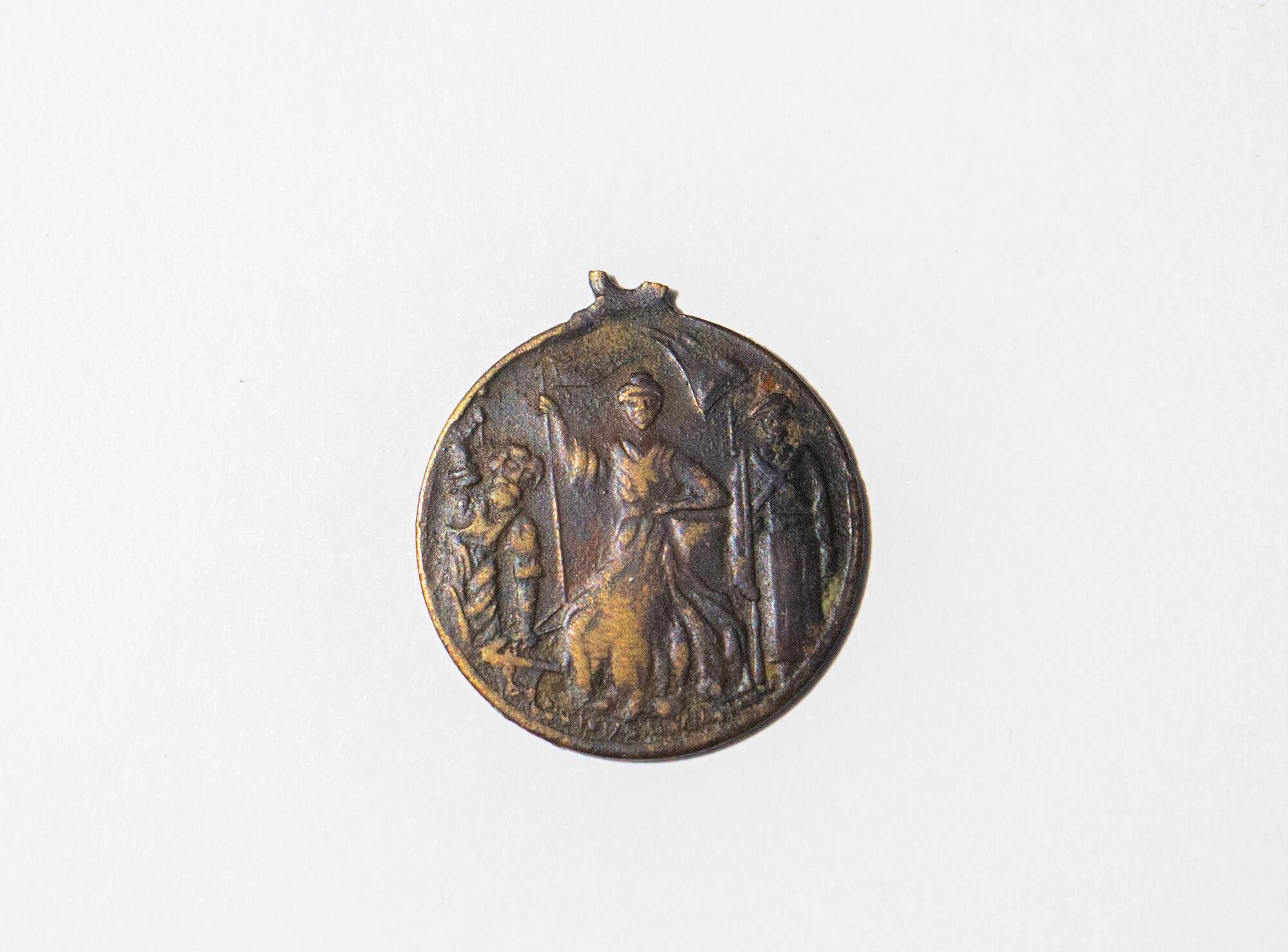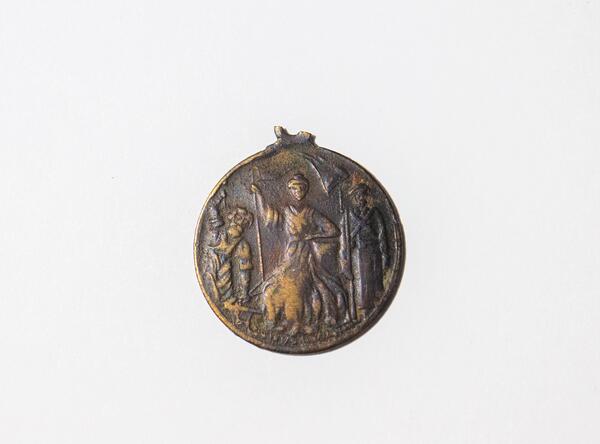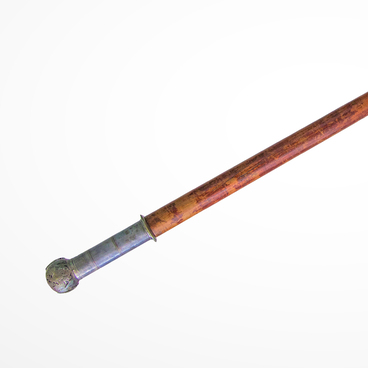The February Revolution is known as the mass protests of the Petrograd workers and garrison soldiers at the end of February — beginning of March 1917. As a result of the unrest, the monarchy was overthrown and the Provisional Government was established, with legislative and executive powers in its hands.
On February 27, 1917, the general strike grew into an armed revolt. The regular troops joined the revolutionaries. The scattered and sparse forces that remained loyal to the tsarist government could not fight back against the rioters, and several military units withdrawn from the front were unable to make their way to the city.
After the coup, the political symbols changed. The new government eliminated all references to Imperial Russia. The shoulder marks were abolished in the navy, the crowns and emperor’s monograms were removed from the uniform. The names of regiments, academic institutions, ships changed. For example, the battleship of the Black Sea Fleet “Alexander III” was renamed “Volya” (“Freedom”) in April 1917, and “Nikolai I” — “Demokratia”(“Democracy”).
The change of the social system was also reflected in print publications, leaflets, post stamps, banknotes.
Among the artifacts of that time, badges have been preserved. Unlike medals, they were flat metal plates of different forms — round, triangular, diamond-shaped, and figured. Such badges were made in huge batches, therefore they were distinguished by neither high production technique nor artistic design. They were usually issued at small factories.
Badges, just as other revolutionary attributes, were freely sold at low cost and distributed at meetings and rallies. People wore them on their chest, pinning at a red ribbon.
Badges were not invented by the new government. They were produced before, in tsarist Russia. Many badges were devoted to significant historical events, for instance, military victories. Portraits of the Emperor’s family and attributes of power were often coined on them.
In new Russia, new heroes and symbols appeared. Researchers know more than a hundred types of badges produced in 1917一1918. A woman representing free Russia became one of the most common images.
On February 27, 1917, the general strike grew into an armed revolt. The regular troops joined the revolutionaries. The scattered and sparse forces that remained loyal to the tsarist government could not fight back against the rioters, and several military units withdrawn from the front were unable to make their way to the city.
After the coup, the political symbols changed. The new government eliminated all references to Imperial Russia. The shoulder marks were abolished in the navy, the crowns and emperor’s monograms were removed from the uniform. The names of regiments, academic institutions, ships changed. For example, the battleship of the Black Sea Fleet “Alexander III” was renamed “Volya” (“Freedom”) in April 1917, and “Nikolai I” — “Demokratia”(“Democracy”).
The change of the social system was also reflected in print publications, leaflets, post stamps, banknotes.
Among the artifacts of that time, badges have been preserved. Unlike medals, they were flat metal plates of different forms — round, triangular, diamond-shaped, and figured. Such badges were made in huge batches, therefore they were distinguished by neither high production technique nor artistic design. They were usually issued at small factories.
Badges, just as other revolutionary attributes, were freely sold at low cost and distributed at meetings and rallies. People wore them on their chest, pinning at a red ribbon.
Badges were not invented by the new government. They were produced before, in tsarist Russia. Many badges were devoted to significant historical events, for instance, military victories. Portraits of the Emperor’s family and attributes of power were often coined on them.
In new Russia, new heroes and symbols appeared. Researchers know more than a hundred types of badges produced in 1917一1918. A woman representing free Russia became one of the most common images.



